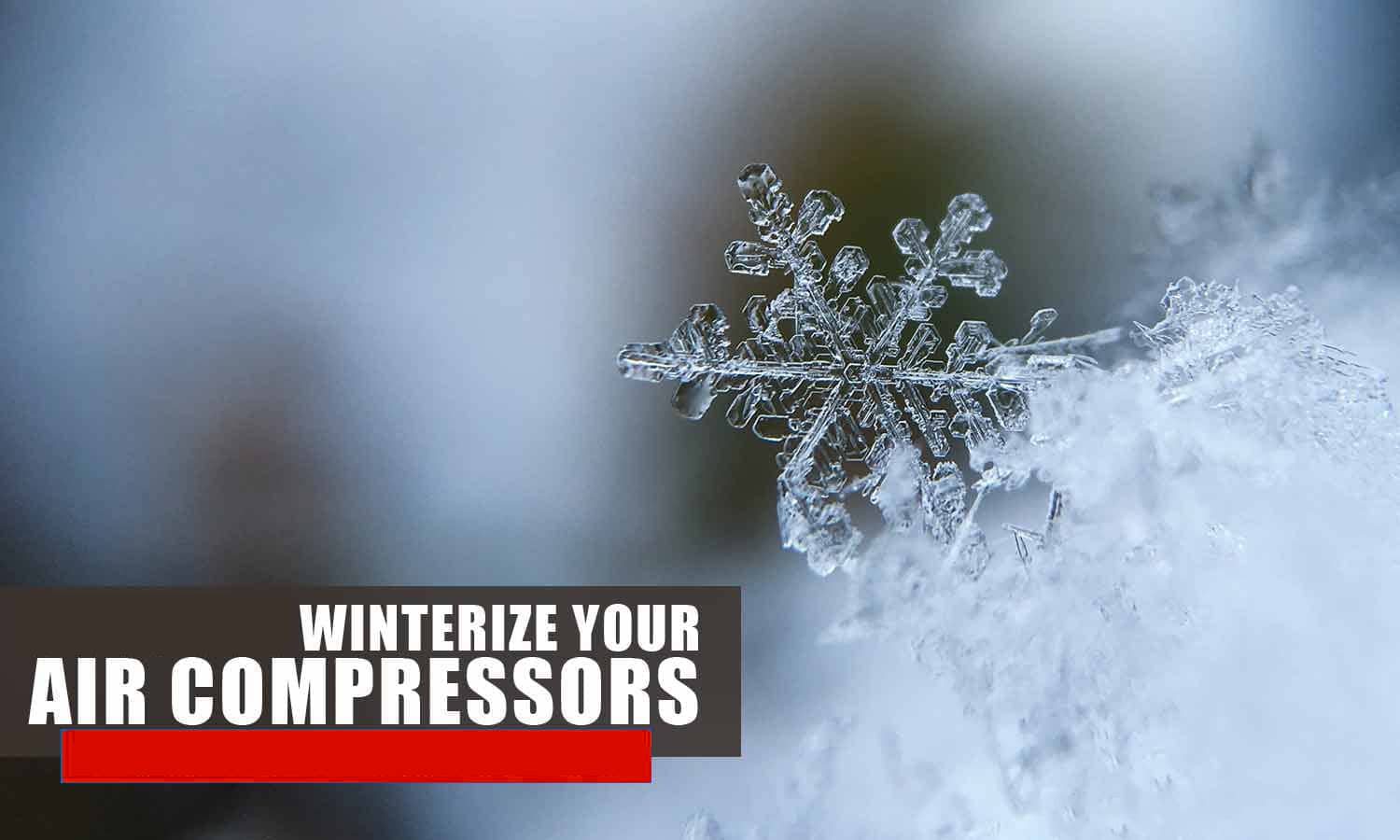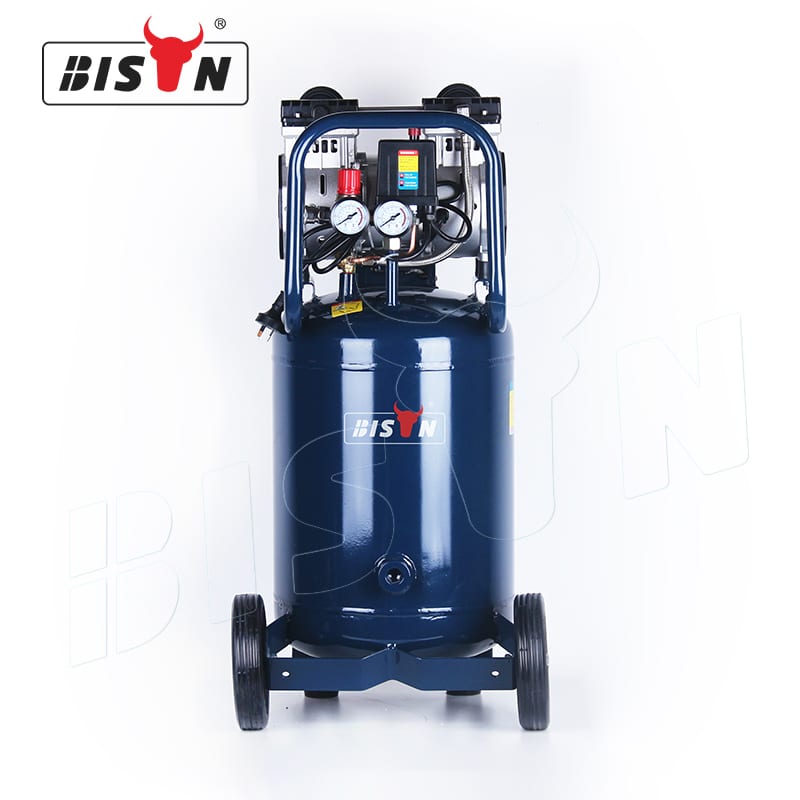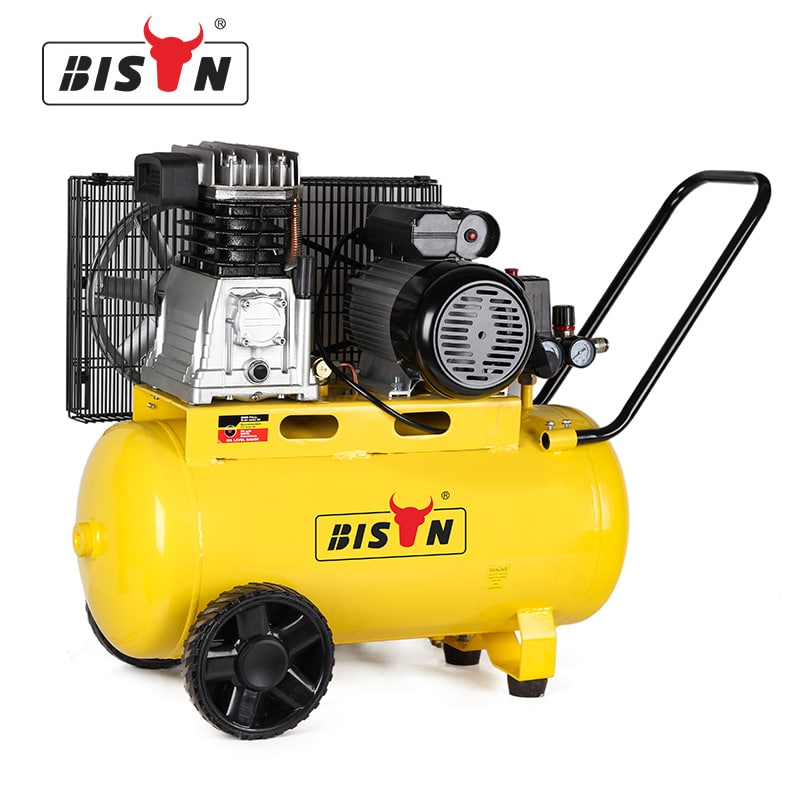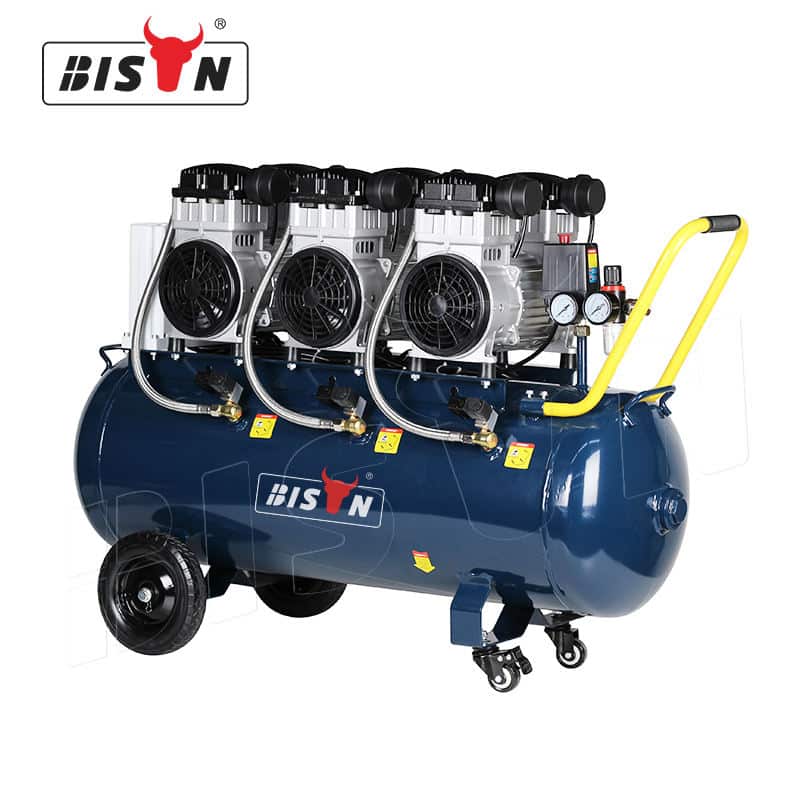air compressor blog
How to winterize your air compressor
- Jun 14, 2023
Learn the importance of winterizing your air compressor and get step-by-step instructions to ensure peak performance during cold weather. Bison has you covered!

How to winterize your air compressor
Keeping equipment running at its best is critical when managing production and efficiency demands. You need to ensure you get the maximum return on productivity from your operations. A meaningful way to help make your job site more cost-effective is to ensure your air compressor system is properly maintained and prepared for winter weather.
Planning for weather changes is critical to maintaining optimal air compressor performance. When the weather turns cold, you want to follow best practices for winterizing your equipment and ensure it can survive the winter without any damage or operational issues. If you’re considering winterizing options, there are a few best practices you need to keep in mind.
Why you should winterize your air compressor
Investing some time in air compressor winterization can have long-term advantages in protecting your operation and reducing overhead. Some of the main benefits you can gain from winterizing your air compressor include:
a) Reduce energy bills
Proper winterizing and equipment operation can help you save on energy bills.
b) Optimized uptime
With your air compressor running optimally, you can reduce overhead and job downtime.
c) Minimize risk of damage
The overall well-maintained condition of your air compressor can reduce the risk and associated costs of product damage from moisture.
d) Reduce repair costs
Taking proactive steps to protect your air compressor can help you avoid future repair costs.
Problem definition
Let’s define the problem first. Temperatures become an issue around 45°F and even more so at 32°F. Specific problem areas include:
a) Oil viscosity
Oil thickens as it cools, creating more drag for the motor of an oil-lubricated rotary screw compressor. If left unaddressed, the current will increase, causing the circuit breaker to trip, cutting off power and your compressed air supply.
b) Seals and hoses
Rubber and other elastomeric materials become harder and less flexible in the cold, increasing the risk of hose ruptures and seal leaks.
c) Water condenses
As temperatures drop, so does the air’s ability to hold moisture. Therefore, a drop in temperature causes the water in the air to condense. In some places, especially the condensate collector, it can freeze and cause blockages. In other cases, it corrodes exposed metal.
d) Water freezes
The water reaches its peak density at 39.2°F, which expands as the temperature rises above 39.2°F. But also as it cools. All this expansion and contraction can wreak havoc, destroying water pipes and plumbing fittings.
At the very least, when temperatures start to drop, you’ll want to look for any of the signs above, especially cracked hoses and seals, clogged traps, and corrosion.
Anticipating problems
Even better, you can avoid some of the worst problems by winterizing your air compressor system before the cold weather arrives.
a) Oil selection
You’ll want to ensure your air compressor oil is of the correct grade or viscosity for the cold ambient temperatures typically expected in your area.
b) Traps, water lines, and drains
Insulate or heat any condensate drains, collectors, or water lines exposed to the cold.
c) Louvers
Showdown the air vents and louvers in the equipment room
d) Hoses and seals
Check hoses, seals, and belts, and replace any parts that show wear or signs of deterioration.

Tips to winterize your air compressor
Remember these tips to ensure your air compressor is winter ready.
1. Strategically servicing your air compressor system
Regular maintenance is a crucial consideration when servicing an air compressor system. It is vital to protect your equipment by inspecting critical components and ensuring they can handle the daily workload. A well-maintained system protects your air compressor from damage as you prepare for the cold winter months. We strongly recommend scheduling, inspections, and maintenance in late spring and late fall to prepare for the heat of summer and the cold of winter.
2. Check the insulation for thermal leaks
When you do your semi-annual maintenance checkup, check your system for thermal leaks. If heat can escape from your device, it may increase the risk of your system freezing. Double-check your equipment for places where it might dissipate critical heat.
3. Inspect weatherstripping for wear
To help protect your system, check your equipment for wear and tear. If your weatherstripping appears frayed or damaged, you should replace it immediately to make sure it has adequate insulation for the colder months.
4. Check the tank for condensation
During the winter, your air compressor tank can accumulate moisture and freeze in frigid temperatures. To prevent this operational problem, you’ll want to schedule checks a few times a week to ensure your tank is condensation-free. Monitor your device for sudden increases in humidity, as this may indicate a secondary cause that you need to address to protect your system.
5. Winterize the condensate drain and bowl
Another way to help protect your tank is to winterize your unit’s condensate bowl and drain proactively. Ensure your outdoor drains have thermal tape on exposed drain parts to protect them from sub-zero temperatures.
6. Adjust the louvers
You can utilize louvers to help capture and recirculate heat as it escapes from the air compressor. In the winter, you need to direct heat to the compressor to help keep the system warm. You can also send it to nearby rooms to help keep your energy bills down. If you can’t control the compressor shutters with your thermostat, you can manually adjust them to use the heat more efficiently.
7. Try a new heater solution
If you cannot preheat the lubricant used by the cabinet heater, you may need to use an ambient heater to maintain a higher lubricant temperature. This way, you help protect the compressor from motor wear and tear. When you use cabinets or ambient heaters, check them regularly to ensure they function correctly and safely.
8. Use heat trace tape
In addition to using heat tracing tape to protect exposed areas of the drain, you might also consider using it with a room heater. Add heat tracing tape to protect exposed pipes and keep them functioning without freezing.
frequently asked questions about How to winterize your air compressor
Does the air compressor need winterization?
Winterizing your air compressor is critical because the extreme cold of winter can adversely affect the performance of your air compressor. Winter weather and cold temperatures tend to affect your compressor adversely.
Is it okay to leave the air in the air compressor?
Every time you run your air compressor, the atmospheric air that fills the tank contains a certain percentage of water vapor that, if left unchecked, can accumlate and damage the internal structure of your air compressor.
What hapens if you don't turn off the air compressor?
If there is no production activity, the air compressor will continue to supply spillage and other miscellaneous loads, such as unshutdown air consumers or air dryer purges. Depending on how many cubic feet per minute it consumes, a compressor can be expensive to run.
How often should I drain the compressor?
It is recommended that you drain the tank daily, either manually or automatically. Water in the tank can cause rust on the bottom, forcing you to purchase a new tank. If you forget to empty your tank, consider purchasing an electronic drain valve.
Does the air compressor automatically shut off?
The air compressor pressure switch measures the pressure in the air tank and turns off the compressor when it reaches your desired air pressure.
What is the minimum temperature for the compressor?
Generally speaking, anything below 40 degrees Fahrenheit is a major red flag when operating an industrial air compressor. This is mainly because if the weather turns cold, condensate freezing and component freezing may occur, affecting the entire system's operation.
If you have any enquiries about the BISON air compressor, we would love to hear from you.







